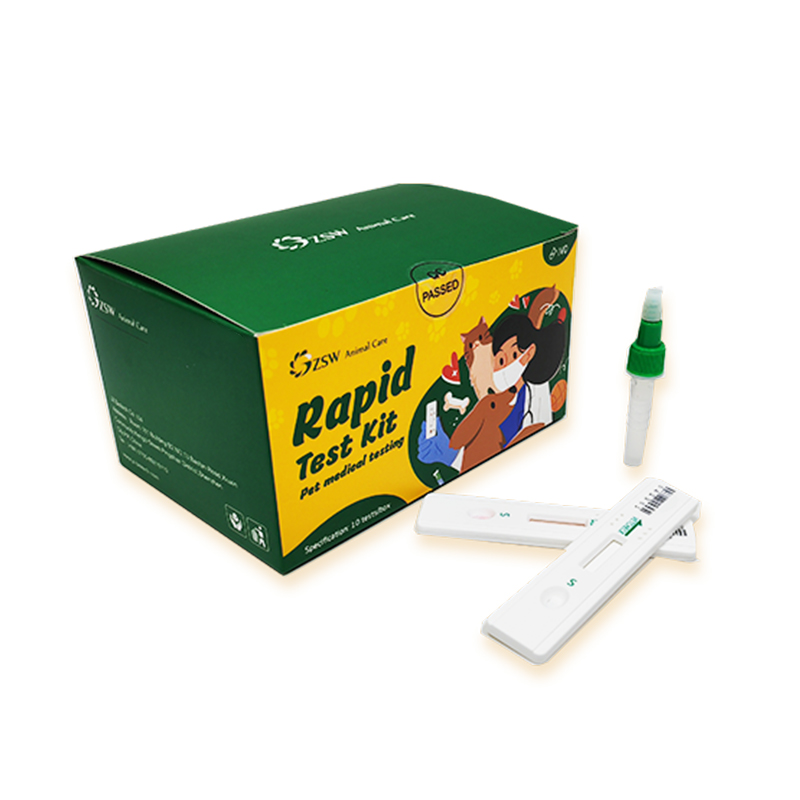



【Detection principle】 This test is based on fluorescence immunochromatography to quantitatively detect the content of FCV IgG antibody in cat blood. Basic principle: T and C lines are marked on the nitrocellulose membrane . The binding pad is sprayed with fluorescent nanomaterial markers that can specifically recognize FCV IgG antibodies. The FCV IgG antibodies in the sample bind to the nanomaterial markers to form a complex, and then chromatograph upwards. The complex binds to the T line. When excited When illuminated by light, the nanomaterial emits a fluorescent signal, and the strength of the signal is positively correlated with the concentration of FCV IgG antibody in the sample .
【Detection purpose】 Feline calicivirus (FCV) infection is a feline viral respiratory diseases. The general clinical manifestations are mainly upper respiratory symptoms, namely depression, serous and mucous rhinorrhea, conjunctivitis, stomatitis, tracheitis, bronchitis, and biphasic fever. Feline calicivirus infection is a frequently-occurring disease in cats, with high morbidity and low mortality. Detecting cat vivo FCV is an Ig G antibody content are reactive immune case conditions. Clinical significance: 1) For the evaluation of the body before immunization; 2) Detection of the body's antibody titer after immunization; 3) Early detection and diagnosis during the period of feline Calicivirus virus infection.

